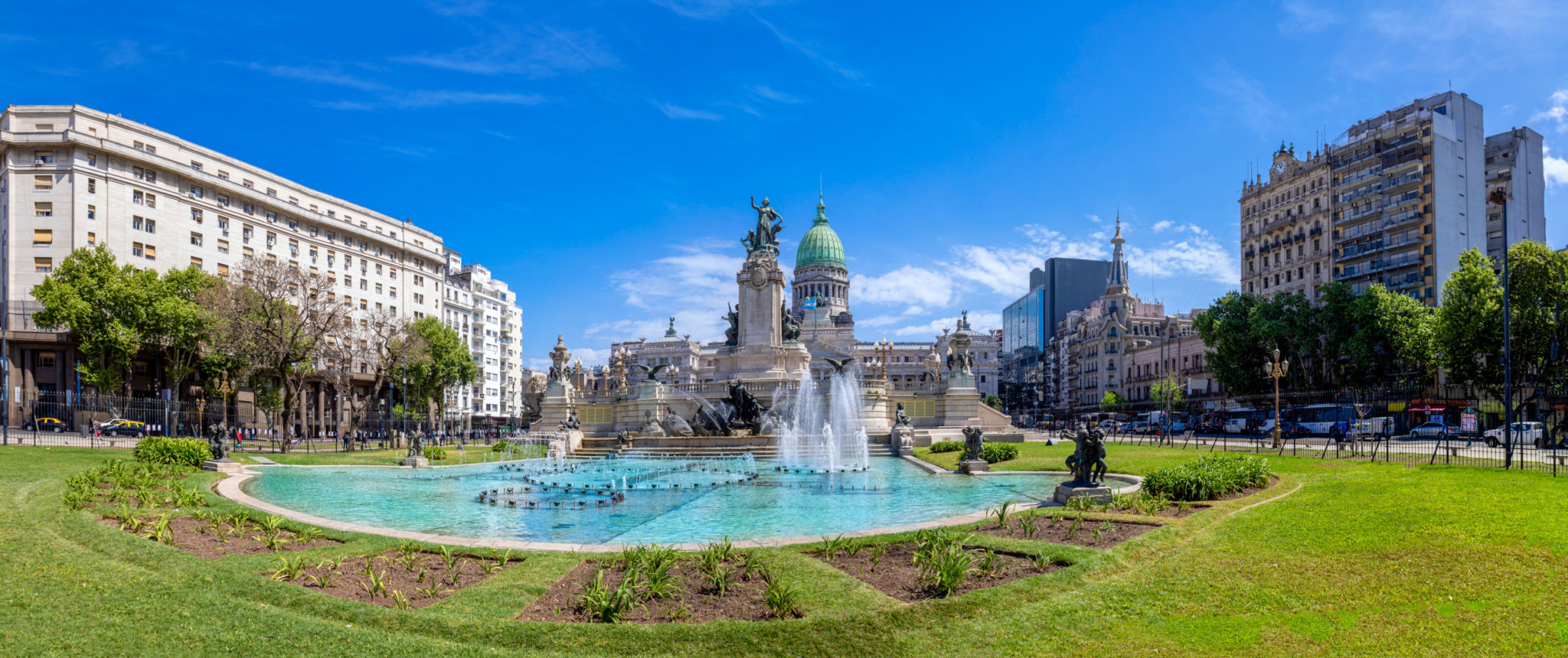Why Buenos Aires is a Hub for Innovative Architecture
Historical Influences on Buenos Aires Architecture
Buenos Aires, the vibrant capital of Argentina, is renowned for its eclectic mix of architectural styles that reflect its rich history and cultural diversity. The city's architecture has been significantly influenced by European styles, particularly from Spain, Italy, and France. This blend of influences creates a unique architectural landscape that draws architects and tourists alike.
The city experienced a construction boom in the late 19th and early 20th centuries, leading to the development of grandiose buildings that still stand today. These structures often feature intricate details and opulent designs that speak to the city's past wealth and ambition.

Modern Architectural Innovations
While Buenos Aires is steeped in history, it is also a hub for modern architectural innovation. The city has embraced contemporary architectural trends, integrating them seamlessly with its historical backdrop. This fusion of old and new creates a dynamic urban landscape that continues to evolve.
Architects in Buenos Aires are known for their bold designs and creative use of materials. Many recent projects focus on sustainability and eco-friendly practices, reflecting a global trend towards environmentally conscious design.

A Thriving Design Community
The architecture scene in Buenos Aires is supported by a thriving design community that includes architects, designers, and urban planners. This community fosters creativity and collaboration, encouraging new ideas and innovative approaches to design challenges.
Numerous design festivals and events are held throughout the year, providing a platform for local and international architects to showcase their work. These events not only highlight the city's architectural achievements but also inspire future projects.

Iconic Buildings to Explore
Buenos Aires is home to several iconic buildings that exemplify its architectural prowess. Some of the must-see structures include:
- The Teatro Colón: A magnificent opera house renowned for its acoustics and opulent design.
- Casa Rosada: The pink-hued presidential palace that is a symbol of Argentine politics.
- Puente de la Mujer: A striking modern bridge designed by renowned architect Santiago Calatrava.
These landmarks not only showcase the city's diverse architectural styles but also serve as cultural touchstones for locals and visitors alike.
The Future of Architecture in Buenos Aires
As Buenos Aires continues to grow and develop, its architectural landscape is set to evolve further. The city's commitment to innovation and sustainability ensures that future projects will not only enhance its skyline but also contribute positively to the urban environment.
With ongoing investments in infrastructure and urban development, Buenos Aires is poised to remain a leading hub for innovative architecture in Latin America. The city's architects are at the forefront of creating spaces that are not only beautiful but also functional and sustainable.